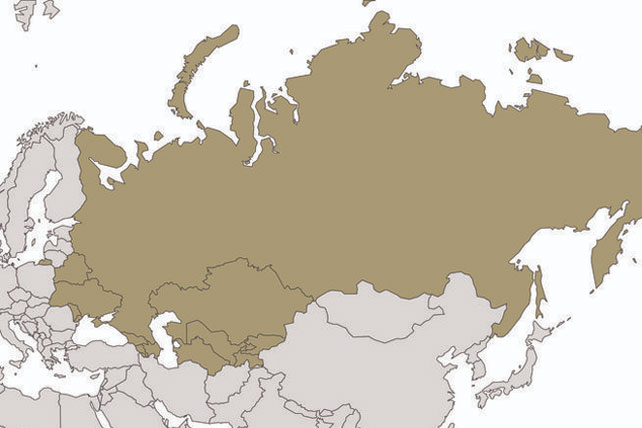Harm Reduction International’s (HRI) 2024 edition of the Global State of Harm Reduction highlighted how Indigenous people and youth lack essential access to critical life-saving harm reduction services that prevent drug-related overdose deaths and the spread of infectious diseases.
According to a new report released today, the number of countries supporting harm reduction in their policies is higher than ever: 108 countries now include references to it in their national policies. It highlights that 93 countries offer at least one needle and syringe programme, and 94 countries offer opioid agonist therapy such as access to methadone and buprenorphine. Drug consumption rooms or overdose prevention centres—spaces where people can use drugs in a safer, supervised environment—now exist in 18 countries. Colombia and Sierra Leone are the newest additions to this list.
References to harm reduction, however, can be misleading; while some nations superficially adopt harm reduction language and policies, they can perpetuate harmful policies for communities that use drugs or are associated with its trade. In Mozambique, where harm reduction is included in the national HIV plan, there have been reports of police arresting people for carrying injecting equipment. Iran, which also mentions harm reduction in its national HIV policy, has executed 459 people in 2023 for drug-related offences. In South Africa, 600 human rights violations were reported against people who use drugs in just three months in 2023, including assaults by police and unlawful arrests.
Spotlight: Needle and syringe programmes (NSPs)
The report highlights the need for NSP coverage to ensure people’s protection from the transmission of bloodborne viruses; just one service in a country is not nearly enough to cover people’s needs. However, it does note that Brazil, Bulgaria and Ghana have implemented NSPs for the first time. The Dominican Republic and Guinea seem to have abandoned their NSPs since last year.
The technology offered by NSPs also requires more development. Low dead space syringes, a cost-effective tool to decrease bloodborne viruses, are only offered in select countries: HRI’s research found that low- and middle-income countries are less likely to distribute them in the range of products offered in NSPs.
Spotlight: Drug consumption rooms
Colombia and Sierra Leone emerged as the two new nations offering DCRs for people using drugs. In Colombia, a peer-involved room has been running for one year: in that time, they have supported over 60 individuals using drugs, successfully reversing 14 overdoses in and around the room.
Sierra Leone has recently leaped forward in their provision of harm reduction services; it is one of the few countries with a new opioid agonist therapy programme and a new DCR. It functions in a semi-sanctioned manner: police are aware of its existence yet have refrained from shutting it down.
Most DCRs are located in Western Europe, with many of them supported by local government funds and with successful peer involvement in its operations. Across the world however, they remain particularly attentive to the needs of people injecting drugs; those smoking drugs – particularly stimulants like methamphetamine and crack cocaine – struggle to find safe inhalation sites or have their needs met.
Indigenous people suffer under drug prohibition
The report looks at the availability and accessibility of harm reduction services for youth, Indigenous people and in prisons around the world for the first time. It finds that Indigenous people in Australia, Aotearoa New Zealand, Canada and the USA experienced greater drug-related harms than non-Indigenous people, with the added factor that they cannot access harm reduction services.
Indigenous communities face structural racism in numerous forms when trying to access health and harm reduction services. These include a systematic lack of funding for Indigenous health care, over-policing and overprescription of opioids.
“Indigenous people are being left behind,” says Sam Rivera, Executive Director of OnPoint NYC, which runs the only two drug consumption rooms in the USA. “While we are seeing some positive trends in harm reduction and overdose response, these are not being felt equally.”
Youth need to be included in harm reduction
The report finds that because harm reduction services have been designed for adults, they neglect the needs of young people who use drugs. Young people are among the largest demographic groups of people that use drugs, but they lack access to services to reduce the harms related to their drug use. It finds that young people often do not access harm reduction services because they fear academic repercussions or criminal records, which could impact their future opportunities.
“Youth is a time for learning about yourself and the world around you. Young people are among those who need harm reduction services the most but have the least access to them,” said Charity Monareng, youth advocate and Executive Director of Students for Sensible Drug Policy International.
“We need inclusive, judgement-free services that meet the unique needs of young people who use drugs and which respect their autonomy and privacy,” she added.


